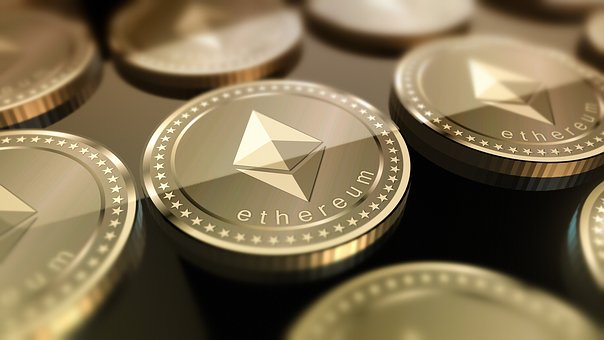According to a recent report from Delphi Digital, the amount of Gas used on the Ethereum blockchain is at an all-time high, and the number will continue to grow. Gas is used as a way to charge for the Ethereum blockchain, and the total amount of gas used online has been rising since the beginning of 2020.

Gas usage and possible maximum fuel - sources: Delphi Digital
The total amount of ETH gas used is different from the transaction cost indicator in the BTC blockchain. On the Ethereum network, transaction and intelligent contract fees are determined by the amount and price of gas required, which allows fees to change dynamically and separated from Ethereum's price to a certain extent.
The amount of gas used in a given transaction depends on the computational complexity of the transaction. Gas prices, on the other hand, are chosen by the person executing the transaction and priced in Ethereum. The price is ultimately set by the miners, who accept or reject the deal based on the gas price.
USDT and DEX leads the marketWhile gas usage reached an all-time high, the number of transactions on the Ethereum blockchain is still far below 1,349,890, the transactions reached on January 4, 2018.
This means that most of the increase in total gas usage comes from the use of smart contracts, which are more complex and therefore require more gas.
According to ETH Gas Station, the majority of gas usage comes from USDT, of which used about $1.61 million of Ethereum Gas. This is more likely followed by DeFi and some scams and Ponzi schemes. USDT also leads in average gas prices used, at 35.5 Gwei.
After USDT, DEX appears to be in the lead in popularity. According to DappRadar, IDEX is the most used Dapp in terms of the number of transactions alone, while IDEX and Kyber are among the top three on the Ethereum network.
A recent survey also shows that DeFi's highest awareness and usage comes from DEX.
 Higher transaction fees and gas restrictionsThe increase in the use of the Ethereum network led to an increase in average transaction costs as miners preferred to deal with higher gas prices.Total gas usage is limited by miners, which limit the size of the Ethereum blockchain by determining how many transactions are in a block.
Higher transaction fees and gas restrictionsThe increase in the use of the Ethereum network led to an increase in average transaction costs as miners preferred to deal with higher gas prices.Total gas usage is limited by miners, which limit the size of the Ethereum blockchain by determining how many transactions are in a block.Ethereum is likely to face network congestion soon due to several factors, including the current increase in the use of gas on the network and related block gas restrictions. If gas usage rises to the upper limit, users will have to compete with higher gas prices to execute trades and smart contracts.
Also, a sudden collapse in Ethereum prices can lead to higher fees and network congestion. According to a report by The Block, on March 12th, the average fee costs increased from $0.16 to $1.04.
When the usage is close to the limit set by miners, we may need to add the block gas limit. The most recent increase was in September 2019, when the block gas limit increased by 25%, from about 8 million to about 10 million.
However, the change will further increase the size of Ethereum's blockchain, which is already nearly 140 GB.
Therefore, seeking a more efficient method of investment has become a new way out for many people.Take BitOffer as an example, the biggest feature of BitOffer option is that no matter whether it is a bull market or a bear market, it has the opportunity to obtain up to a thousand times of excess income without any margin or handling fee. Bitoffer options provide sections of 2 minutes, 5 minutes, 15 minutes, and 1 hour. Besides, it is worth mentioning that the ETH option spot index is composed of the equivalent weights of 7 exchanges. More info:
https://www.bitoffer.com/en .
.  .
.  .
.  .
.  .
.  .
.  .
.  Shop
Shop
